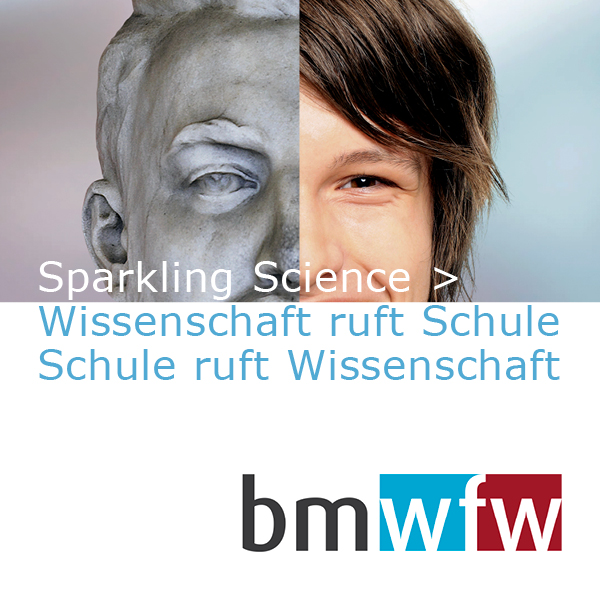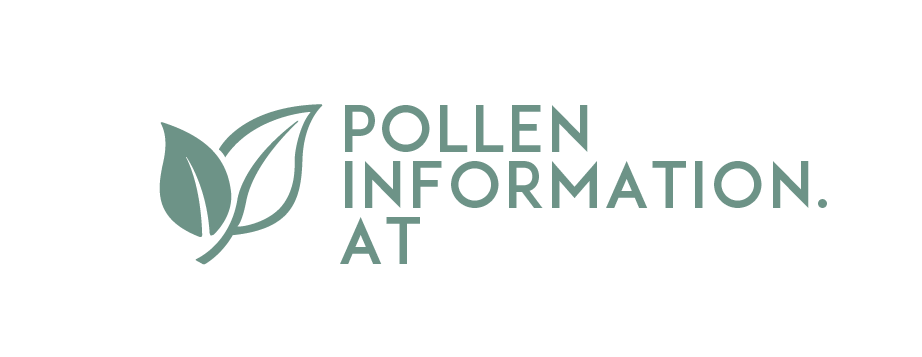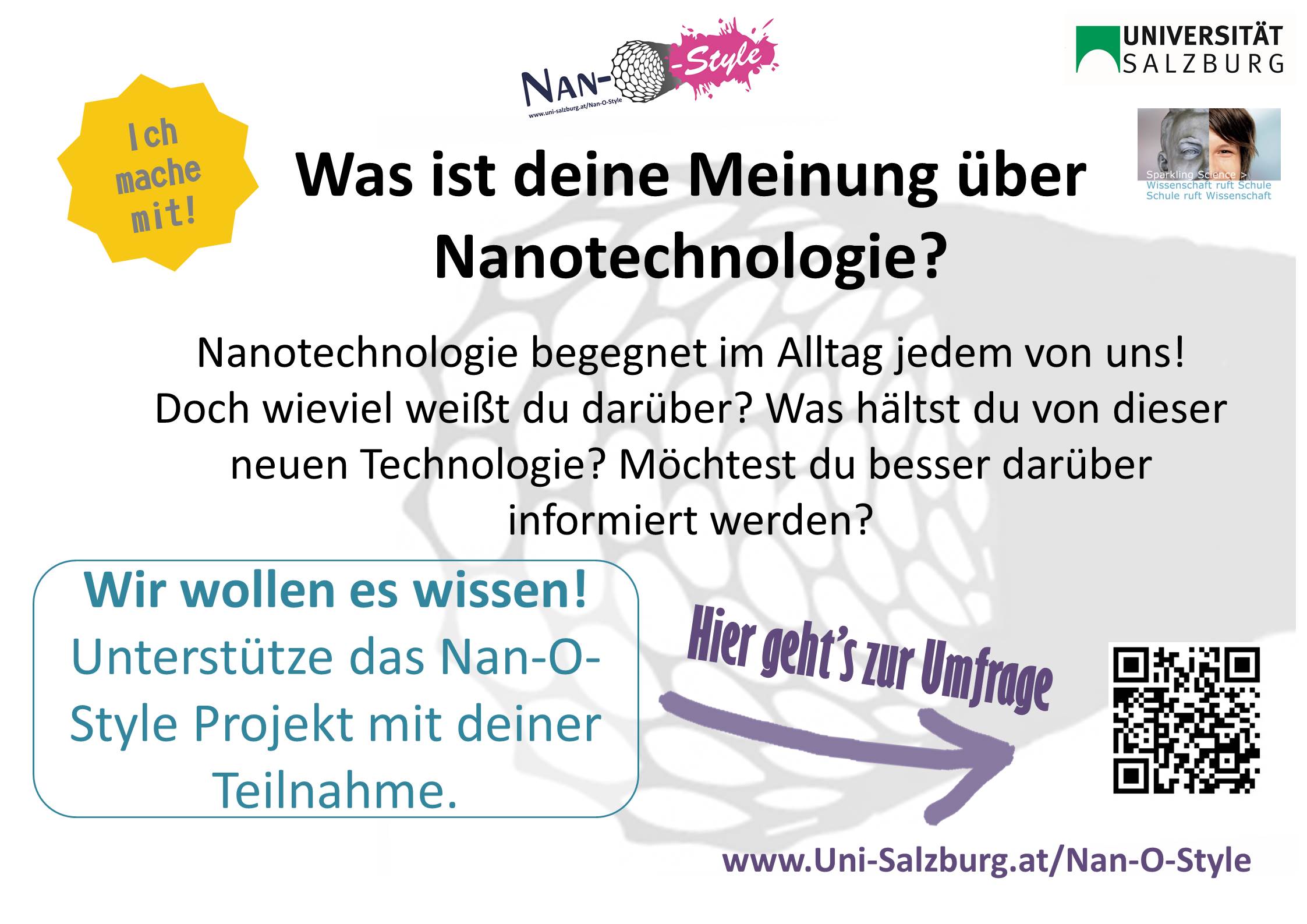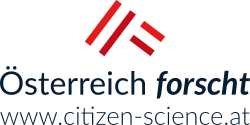Homegrown
“Homegrown - There is nothing like a homegarden”
Project description
With their variety of plant species and the experience of the gardeners, rural home gardens constitute an integral component of the cultivated landscape in the Lienz district, East Tyrol. Together with pupils of the BG/BRG Lienz school (and biology, math/physics and English teachers), scientists are investigating rural home gardens, including stocks of plant species and the use of plants. These results will be compared with those taken 20 years ago from the same gardens and will help to identify changes in gardens and their cultivation. These diachronic perspectives allow a precise and empirically established overview of changes in rural home gardens in the countryside of an industrial and services-focused state, in the context of demographic and economic changes and the search for a new identity.
To gain a better understanding of the local perception of the significance of rural home gardens, observations from gardeners and their neighbours concerning ecosystem services in gardens and their significance will also be recorded.
The project will also investigate cultivation techniques that adapt to extreme weather or ensure sustainable growth. It will also find out why people grow gardens and which values and approaches guide their behaviour or actions in gardens.
As part of an additional citizen science module, the local population in East Tyrol and Oberen Drautal will be combined. The module appeals to gardeners who are interested in taking surveys in their gardens, according to methodological direction and by monitoring their gardens, so as to demonstrate the material and immaterial ecosystem services in gardens. These gardeners and the cooperating young people will be trained in simple quantitative and qualitative survey methods for this purpose. This will take into account the opportunities that depend on the education and experience of each individual participant.
The starting point for developing analogue survey tools for the researching gardeners is a universal T-card office planner (49 x 47.3 cm, 7 panels, light grey) with 20 slots and 7 columns. The card slot system provides a weekday structure (Monday to Sunday), an hourly structure (6 a.m. to 10 p.m.) and six variables for recording ecosystem services.
On the universal T-card planner, the gardeners use the provided weekday and time scales with differently coloured slots to record the following specific information in writing about the individual ecosystem services during the recording period:
- Provisioning services, such as the yield of vegetables and fruits from the home garden (name of the person harvesting, time and duration, name of the harvested fruits and vegetables, the amount harvested and its respective use).
- Regulating services, such as birds, insects or pests in the home garden (name of the observing person, time and duration, name and number of birds, insects or pests observed).
- Cultural services, such as cultivation techniques in the home garden (name of the person cultivating, time and duration, tools used, etc.) or activities in the home garden when used as a place for relaxation and leisure.
The time spent in the garden will be recorded with a simple stopwatch. Some plant materials will be weighed out with simple, easily available kitchen scales. The card slots will be placed somewhere protected from weather or positioned where they are in the gardener’s view. This location will be decided on site with the gardener.
The duration of collections using the card slot system will be calculated at at least a week and will then be passed on to another gardener. Seven card slot systems will be prepared. The recordings ran from 1 August to 31 August 2018.
Through the participation of citizen scientists, a continuous observation and record of local perception (emic viewpoint) of the ecosystem services of home gardens is guaranteed. The methods were proposed by a gardener from the region being researched and were discussed/considered together with other gardeners from the area. The citizen scientists were actively involved in data acquisition and collection, data analysis and interpretation and the publication of results in the project report, scientific journals and conferences and in local media (dolomitenstadt.at). The collected data was continuously documented and stored by scientific guardians. Interim and final results were returned to the participating gardeners as part of the “give back” culture in the citizen science final event (“Gartenfest”).
Project collaborators
Heidemarie Pirker
Brigitte Vogl-Lukasser
Partners
BG/BRG Lienz (Renate Hölzl, Arno Oberegger, Hansjörg Schönfelder and the pupils of class 6b (from academic year 2018/2019: 7b).
Marie-Luise Wohlmuth (workshops on soil biology)
Ramona Walder (photography)
Peter Werlberger (video)
Gerhard Pirkner (dolomitenstadt.at)
Germain Weber & Team (Faculty of Psychology, University of Vienna)
Christian Ragger (REVITAL - Integrative Naturraumplanung GmbH)

Image gallery
(Click on an image to enlarge)
https://www.citizen-science.at/en/immerse/what-is-citizen-science/tag/health?start=20#sigProId537f10b2da
This project fulfilled version 1.1 of the quality criteria for citizen science projects on Österreich forscht.
Ragweed Finder
The Ragweed Finder was developed in 2017 by the Austrian Pollen Information Service at MedUni Vienna and has also been available to download as an app for Android and iOS since 2019.
The Ragweed Finder consists of four components:
- Specimen report
- Ragweed distribution map
- Information about Ragweed
- Manual to recognize ragweed
Specimen report
The most important data such as location, population size and symptoms can be entered quickly using the specimen report. Uploading a photo is mandatory, otherwise a reported specimen cannot be verified by the experts of the Ragweed Finder team. Users can decide whether to report by name or anonymously (only via email address).
Ragweed distribution map
Already verified specimen reports of ragweed are listed herein within the current season. The number of symbols amounts to the number of reports displayed on the map. The colouring around the specimen sites indicate the symptom intensity.
About Ragweed
What is ragweed? Where does it grow? What is known about ragweed pollen allergy? What can be done? These and other questions are answered in this compilation of the most important information about ragweed.
Recognize Ragweed
Some ragweed pollen allergy sufferers do not know their allergy trigger and may walk along an infested field without recognizing the plant. However, in order to report ragweed, a reliable identification of the plant is required. Many photos as well as a short instruction on how to take convincing pictures turns the interested citizen into a ragweed expert.
What happens with the specimen reports?
First of all, the specimen reports have to be evaluated. Each verified report is then transferred to the distribution map. Users will be informed about the evaluation of their specimen report via e-mail. The verified specimen reports are forwarded once a week to the responsible institutions/federal state governments. This enables the authorities to set appropriate corrective actions (e.g. mowing) and locate ragweed hotspots.
So far, there is no comprehensive legal obligation to report or remove ragweed in Austria. Only in Burgenland a law to control and prevent the spread of ragweed was passed in 2021.
Highlights:
- For the first time, a tool for recording ragweed plants is available free of charge for all of Austria.
- The ragweed distribution map is available for the public.
- Thanks to a guideline and a checklist for reporting ragweed specimen, anyone can identify and report ragweed.
Ragweed pollen allergy sufferers can be an active support to contain the uncontrolled spread of ragweed!

This project fulfils version 1.1 of the quality criteria for citizen science projects on Österreich forscht.
Tell us!
This project has already been completed. You can download the final report at the bottom of this page.
In “Tell us!”, we are looking for research questions on accidental injuries.
Medical advances need innovative ideas: your knowledge is valuable! Who knows best how occupational, traffic-related or sports injuries should be investigated and treated? With “Tell us!”, the Ludwig Boltzmann Gesellschaft has started to bring questions of accidental injuries into research.
Almost everyone suffers from an injury, whether from sports, at work or in a traffic accident, at some point. In “Tell us!”, we are looking for research questions on accidental injuries. Our goal is to research your questions.
We want to therefore include citizens in research because we are certain that through doing this, we can initiate innovative research.
Over a period of eight weeks, up to 8 May, research questions can be submitted on our website.
How can I take part?
Participation takes place online and needs about 10 minutes. You can submit your question(s) in either English or German. This all takes place on our website.
Do I need prior knowledge?
No, there is no need for prior knowledge. You do not need any research experience. We believe that not having any experience could be an advantage! All that you need is one, or a few, questions on accidental injuries and ten minutes.
What will happen with the results?
The results will first be collected by us and then systematically analysed. We will anonymise all of the submitted research questions using Open Knowledge Maps. This will allow researchers in the field of accidental injuries from all over the world to have access and incorporate these questions into their research.
This process will be carried out to ensure transparency and we want to include those who provided the ideas, if desired. This is very important to us!
To what is the research contributing?
Our approach to collecting research questions from patients’ practical experiences and systematically including them in research is unique in the field of medicine. “Tell us!” will contribute to having clinical knowledge flowing better into research, thereby enabling improvement in diagnosis, treatment and rehabilitation.
Take a look behind the scenes of this project in a science interview with Eva with project manager Benjamin Missbach.
This project fulfilled version 1.1 of the quality criteria for citizen science projects on Österreich forscht.
Nan-O-Style
Nan-O-Style is a research and education project by the University of Salzburg, Department of Biosciences.
What is Nan-O-Style researching?
Nan-O-Style researches the complex topic of nanotechnology. Together with Austrian schools, we want to discover new and previously unknown interactions between modern lifestyle products and nanomaterials. Are there undesirable interactions and do these change the properties of the product? Everyone encounters nanotechnology in day-to-day life. But how informed is the general public on this subject? – These are all questions that we want to answer with Nan-O-Style!

Collaboration between university and school
New, fresh ideas and scientific research converge. Through cooperations with international educational partners, interactive materials that go beyond research work are developed for interdisciplinary natural science lessons.
What do we want to learn from you?
Nanotechnology is already available in many day-to-day products. But what do you know about them? Was nanotechnology already covered in your education? Do you want to be better informed about nanotechnology?
How can you participate?
An online questionnaire will ask questions about nanotechnology and survey your personal stance. Visit us on our website, then go directly to the questionnaire (in German) at or scan the QR-code below and take part in the questionnaire.
Where can you find more information about nanotechnology?
On Tuesday, 26 February 2019, the Open NanoScience Congress (ONSC), a public conference on nanotechnology, took place in Salzburg. Pupils from the Nan-O-Style project by Sparkling Science actively participated in the conference and presented their work in a chaired poster session titled “Nano-Research Spotlights”. There were also keynote lectures by the invited experts and insights into ongoing research projects at the University of Salzburg. A nano exhibition with hands-on stations and analytical apparatus to measure nanoparticles rounded off the ONSC. Interested parties and school groups were very welcome. The programme and registration can be found at www.uni-salzburg.at/ONSC.
Online: Research results on nanomaterials and their impacts on people and the environment are made available to the public on the internet platform www.nanopartikel.info. The aim of this internet platform is to format current research results to be understandable for interested parties.
Who is involved in the project?
The Department of Biosciences at the University of Salzburg worked together with several partners on this project.
The schools involved are: BRG Lerchenfeld (Carinthia), BRG Schloss Wagrain (Upper Austria), BRG Solar City (Upper Austria), Gymnasium Ort (Upper Austria), HLW St. Veit (Carinthia), HLBLA St. Florian (Upper Austria), Multi Augustinum (Salzburg), HTL LMT (Upper Austria), PdC BORG Radstadt (Salzburg). The school network is overseen by Reinhard Nestelbacher at DNA Consult Sciencetainment.
Nan-O-Style also involves international partners, such as the ORT Moshinsky research and development institute in Tel Aviv, the cc-NanoBioNet German association and an educational partner in Barcelona (Nanoeduca).

Sparkling Science Project SPA 06/270 supported by BMBWF. Runtime: 1. Oktober 2017 - 31. Dezember 2019.
This project fulfilled version 1.1 of the quality criteria for citizen science projects on Österreich forscht.




